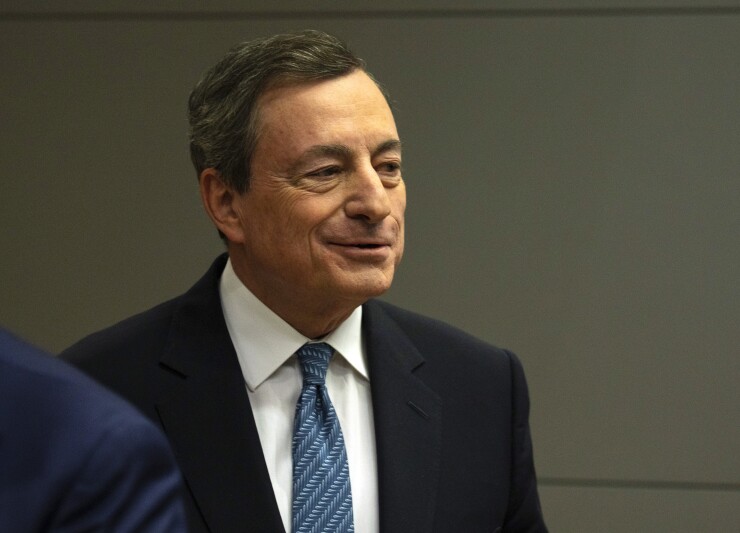The Basel Committee on Banking Supervision unveiled a revised capital standard Monday for what banks should set aside for market risk.
The market risk recommendations are among the most important aspects of the Basel III capital accords that remain unfinished. The committee said in a press release that the recommendations establish a “simplified standard approach” to market risk capital for banks with small or streamlined trading operations, as well as clearer definitions of what activities would be subject to additional capital.

“The final revisions to the market risk framework provide additional clarity to the Basel III post-crisis reforms, and allow banks and supervisors to implement the framework in a timely manner,” said Mario Draghi, president of the European Central Bank and chairman of the Group of Central Bank Governors and Heads of Supervision, the Basel Committee's parent organization. “Looking ahead, the committee will increasingly focus on evaluating post-crisis reforms and addressing new and emerging vulnerabilities in the banking system.”
The net effect of the recommendations would increase the total amount of capital in the banking system related to market risk by 22%, though that estimate is far less than the 40% increase that would have resulted from the group’s original 2016 framework.
“The share of risk-weighted assets attributable to market risk remains low, at around 5% of total" risk-weighted assets, the committee said.
The market risk framework is among the last outstanding aspects of the Basel III accords still before the committee. In December 2017, the committee





